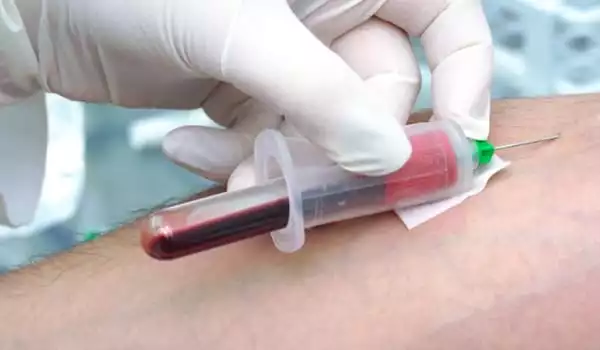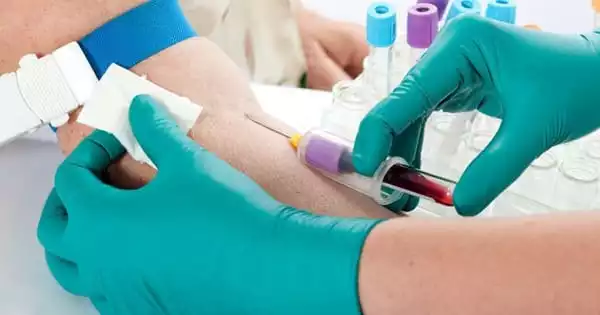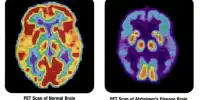Lead poisoning can have serious consequences for a child’s health, including brain and nervous system damage, slowed growth and development, learning and behavior issues, and hearing and speech issues. There is no such thing as a safe blood lead level in children. There are numerous ways for parents to reduce their children’s lead exposure before they are harmed. Lead hazards in a child’s environment must be identified, controlled, or safely removed. Lead is colorless and odorless to the naked eye.
According to a new study, more than half of American children have detectable blood lead levels. Young children who live in areas with a high concentration of pre-1950s housing and low incomes are particularly vulnerable.
According to alarming new research, half of all children in the United States appear to have toxic heavy metal lead in their blood. According to a massive study published in the journal JAMA Pediatrics, scientists discovered observable levels of toxic metal in roughly half of the 1.14 million children under the age of six after analyzing blood tests. And, when compared to previous generations, this figure is rising.
Half of all children in the United States appear to have toxic heavy metal lead in their blood. Young children who live in areas with a high concentration of pre-1950s housing and low incomes are particularly vulnerable.
Morri Markowitz
The scientists discovered that the majority of the affected children who had a blood test for one reason or another between 2018 and 2020 did not have excessive amounts of lead in their bloodstreams, and only 2% had a “high” level. However, as the researchers point out in their paper, there is no such thing as a safe level of lead in your system.
“The big picture is that kids have lead in the United States,” Morri Markowitz, director of the Children’s Hospital at Montefiore’s lead poisoning prevention and treatment program, told Bloomberg. “There is no such thing as too low for lead.” “Zero is our goal.”
Lead can permanently damage a child’s nervous system, causing problems such as learning disabilities as well as speech and hearing problems for the rest of their lives. Because of long-term exposure, lead remains the most commonly encountered toxic metal in the United States. Children have been shown to be exposed as a result of living in homes with lead paint. It is currently estimated that approximately 4 million households in the United States have children who are exposed to lead.

While the researchers expected their findings to show a higher number of children with lead exposure than previous studies, they were taken aback by the magnitude of the problem, according to Bloomberg. Many of the cases, they discovered, were also linked to poverty, particularly in older housing in underserved communities.
Quest Diagnostics and Boston Children’s Hospital researchers analyzed laboratory blood tests from nearly 1.2 million children under the age of six in the United States for the study. Seventy-one percent were under the age of three.
According to the findings, nearly 51% of people had detectable levels of lead in their blood. Approximately 2% had levels at or above 5.0 g/dL, the level at which the Centers for Disease Control and Prevention recommends public health actions in the United States. That percentage had dropped by more than 36% since the previous study, which was based on data from 2009 to 2015.
“These findings confirm that we still have a long way to go to end childhood lead poisoning in the United States,” two Harvard researchers, a neurologist, and an environmental health expert, wrote in an editorial published Monday in JAMA Pediatrics, and “underscore the urgent need to eliminate all sources of lead exposure.”
According to the researchers, any detectable lead level is abnormal and potentially harmful, especially in young children. Lead, a neurotoxin, has been linked to brain and nervous system damage, as well as learning, behavior, speech, and hearing issues.
“Given the lack of a threshold for the deleterious effects of lead in children and the largest permanent effects of poisoning,” said co-author Dr. Jeffrey Gudin, senior medical advisor at Quest Diagnostics. “This entails limiting exposure and testing” young children’s blood for lead, “and having them retested on a regular basis if the results indicate a potentially unsafe level.”














